Finishing a draft of your manuscript brings with it a fantastic feeling of accomplishment. Yet great books are made in the writing and editing process. Editing copy for common SPAG (spelling, punctuation and grammar) errors, stylistic gaffes such as tautology, and other flaws will help you strip your story down to its most compelling elements.
Here are 8 tips to ensure your manuscript has sufficient polish to be taken seriously:
1. Understand what copy editing is (and isn't)
Copy editing (also 'copyediting' and 'copy-editing') entails correcting text to ensure it follows the rules of spelling, punctuation and grammar (or departs from these for explicable, justifiable reasons).
It also involves ensuring writing is consistent in matching style to purpose or intended audience. It ensures text (or 'copy') is compelling, concise and clear.
Copy editing is:
- A vital process in preparing your draft for querying and/or publication
- A step before proofreading (which focuses more on minor errors pre-publication such as typographical and formatting issues)
- Used to resolve common language issues such as overuse of jargon (technical language), wordiness, style inconsistency and other errors
- A separate task from developmental editing (which deals with the mechanics of story such as structure, character development, plot development) and proofreading
Copy editing is not:
- A process to make sure your story is free of plot holes and other broader narrative issues (this is more the domain of manuscript evaluations and developmental editing)
[Learn more about what each type of editing entails on our editing page.]
2. Avoid hiring copy editors until your story is complete
It makes no sense to fine-tune the text of your manuscript if key narrative elements are undecided.
A manuscript evaluation is a helpful first step as it provides a detailed reader's report. A reader's report will usually outline common issues of SPAG and style that occur most often in your manuscript. This empowers you to make a round of edits yourself before hiring a copy editor (which will help streamline the process).
3. Avoid copy-editing your own work
If you have great language skills you may be tempted to edit your manuscript yourself.
An issue with this is it's easy to become accustomed to typos and clunky phrases you've read over and over. A sort of 'blindness' creeps in. Nobody is immune to mistakes. Readers point out our own on the Now Novel blog when they creep in on occasion with relish.
A professional copy-editor avoids the issue of 'familiarity blindness'. They truly bring a neutral, non-attached, single-purpose vision to your text.
The same way a song has different talented individuals (producers, instrumental arrangement experts, mixing professionals) helping it through stages of production, a finished book should too. It's the combined effort that produces a hit.
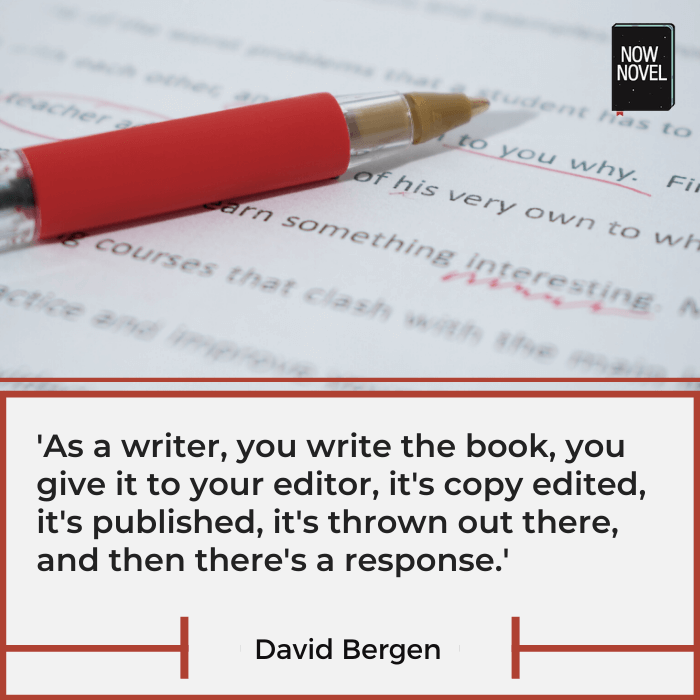
4. Try estranging techniques when self-editing
If budget constraints mean that you are unable to hire an editor, try methods to make your over-familiar text read as new.
One common tactic is to read back to front.
Start with the last sentence of a page or chapter and read backwards. Breaking up the narrative flow this way helps you focus better on the cadence of the words in each sentence in isolation. You spot mistakes you may have glossed over if focused on a smoother, more linear narrative.
5. Use helpful editing apps and tools
Most word editors (such as Microsoft Word or WPS Office) have spellcheck and grammar tools. Use them to catch the most obvious typos and issues.
Beware, though: These built-in language-checking tools aren't always correct.
If, for example, your tool is set to another territory's spelling rules, e.g. UK English instead of US English (or vice versa), you could have words flagged mistakenly. Or, as another example, your word processor might not recognize a new word you've coined for your story.
Common writing apps and tools available to use with free web-based word editors such as Google Docs include Grammarly and ProWritingAid.
Hemingway Editor is another useful tool for assessing reading level. This is useful when you want to simplify your prose to be readable for a specific age group.
If there's a common error manuscript reviews or writing group critiques often pinpoint, invest time in learning the underlying rules so you will cease making the same error.
Read a good writing guide (such as Oxford's Essential Guide to Writing or The Elements of Style by Strunk and White).
6. Read it aloud
We often champion this approach for catching clunky-sounding dialogue. It works well for finding the right cadence; the most musical phrase.
If a sentence seems clunky, or you're not sure how to punctuate it, read it aloud and note where pauses fall most naturally. Then add them in.
7. Let go of attachment
Often we become attached to a page, a paragraph, or even a single phrase or word. It may be because it was hard-won: we worked for ages to find the best way to say this one, true thing.
Letting go is a crucial part of learning to copy-edit your own writing. You have to be ruthless in pursuing the best trade-off between clarity and creativity, practicality and delight.
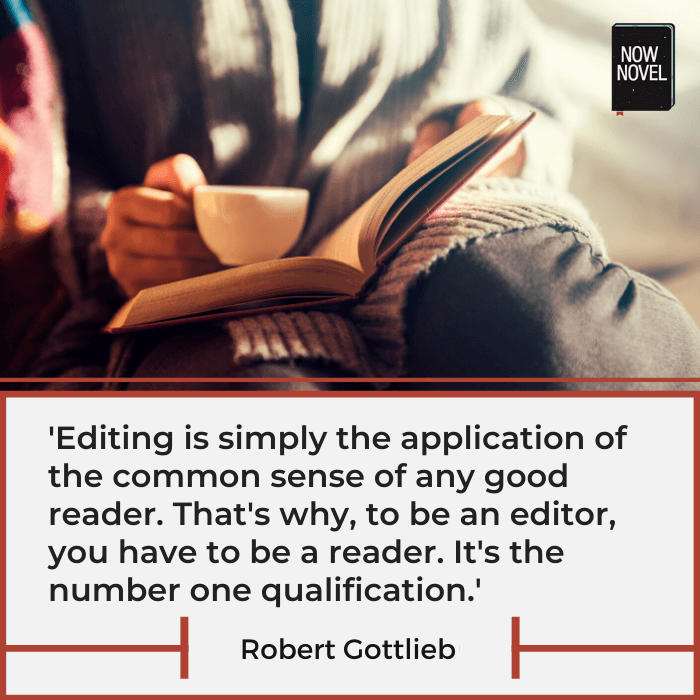
8. Become a language nut
Some writers are crazy about language itself. They love learning synonyms, etymologies (the root origins of words), rhetorical devices.
Others enjoy storytelling, inventing character and incident, but find the nuts and bolts of writing - the rules and facts - boring.
There's no 'right' or 'wrong' mindset. If you truly can't bear editing copy, you can just hire a professional. However, when you understand the anatomy of language well, it makes it that much easier to tell a good story. Your copy editor is freer to focus on the kind of fine-tuning that really elevates a story.
Work out a plan for how you'll improve. Try to learn a new word and its meaning (or 5) every day for a week.
Read examples of common grammar issues such as dangling modifiers (examples of this specific error are often comical).
Invest in developing your craft so you can write rough drafts that have inherent polish without your even trying.
Do you need thorough, thoughtful and constructive feedback on your finished draft (or what you have so far)? Learn about our editing services and request a no-obligation quote here.

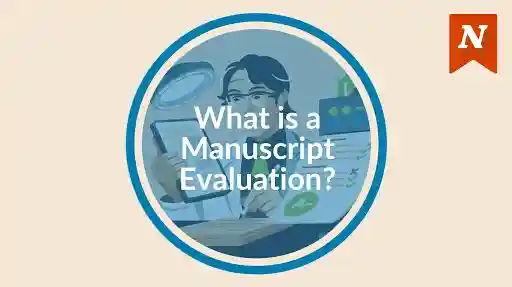
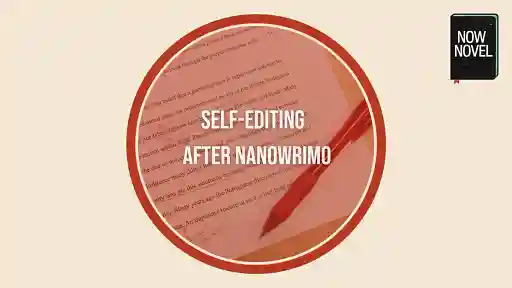
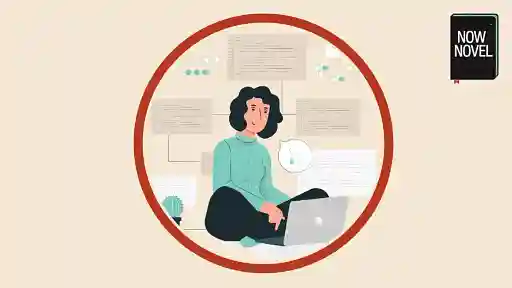






Nice Blog. Very informative. Thanks for sharing.
Creative Solutions Network, Inc. - Over 3 years ago